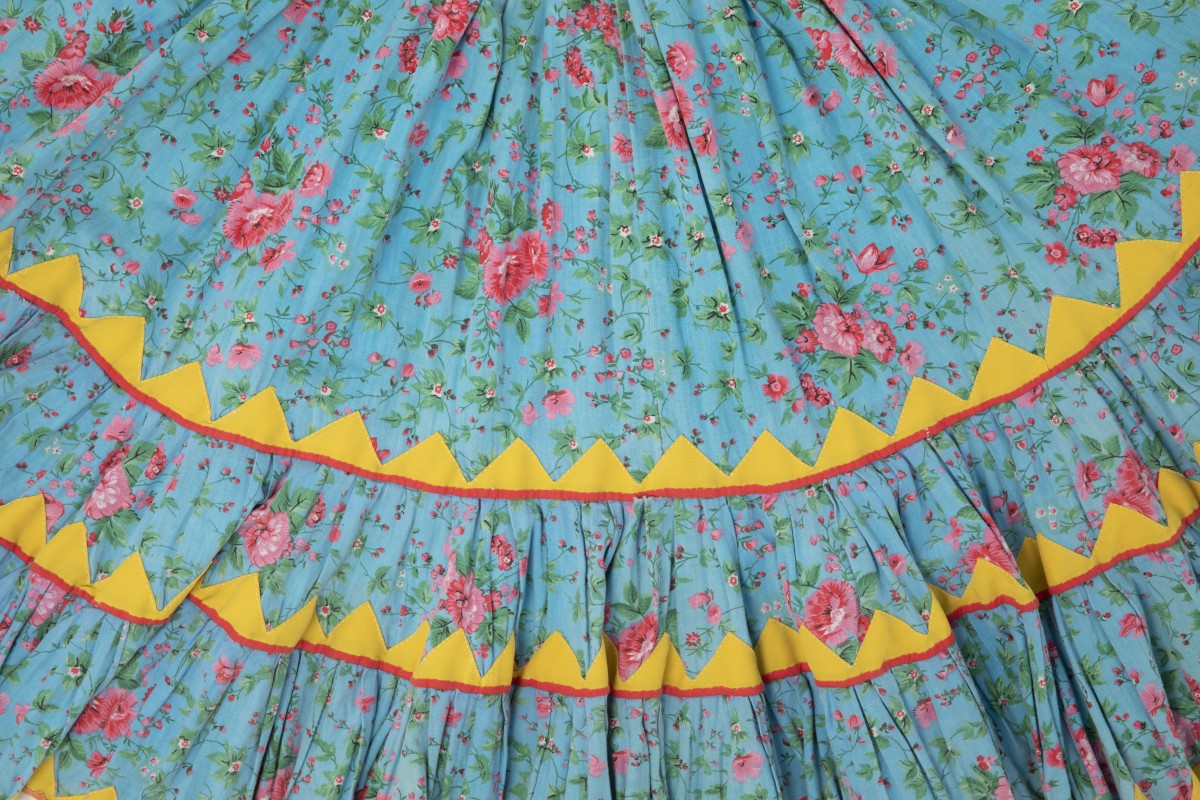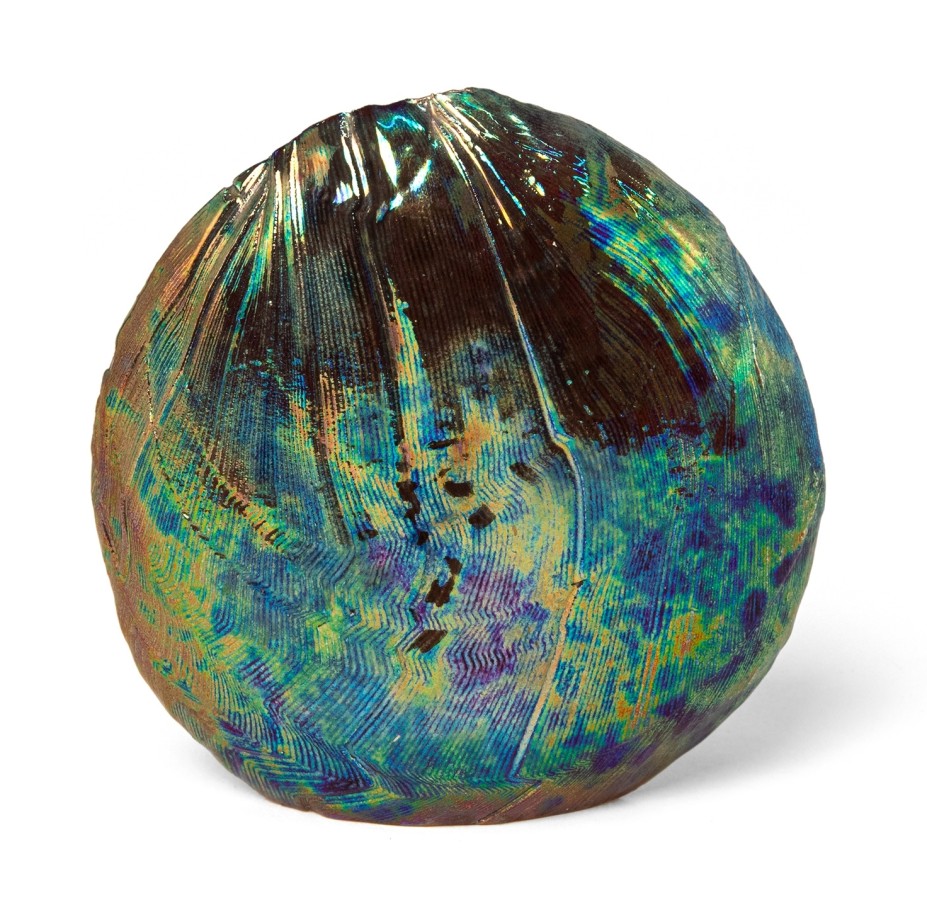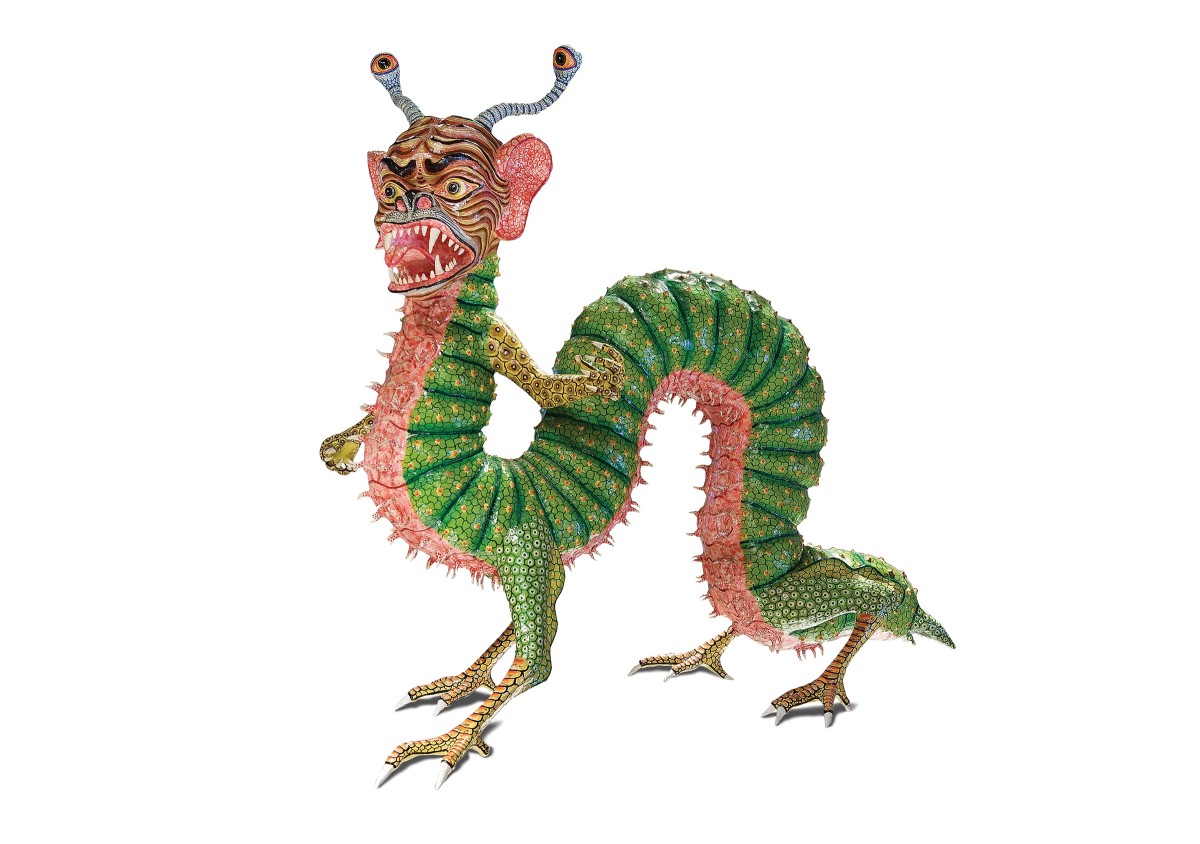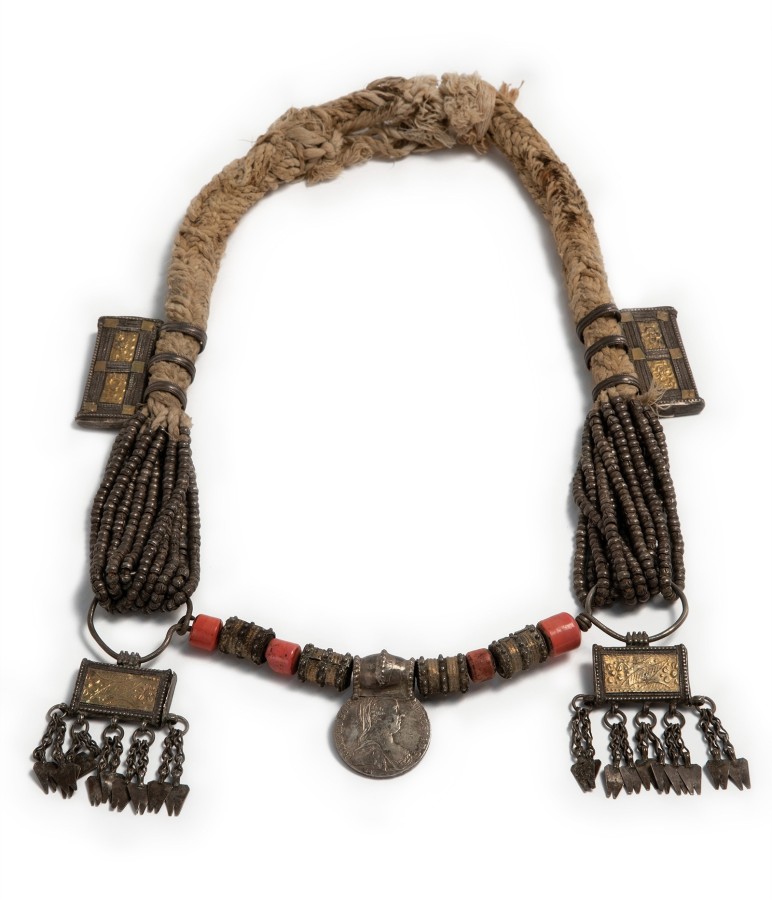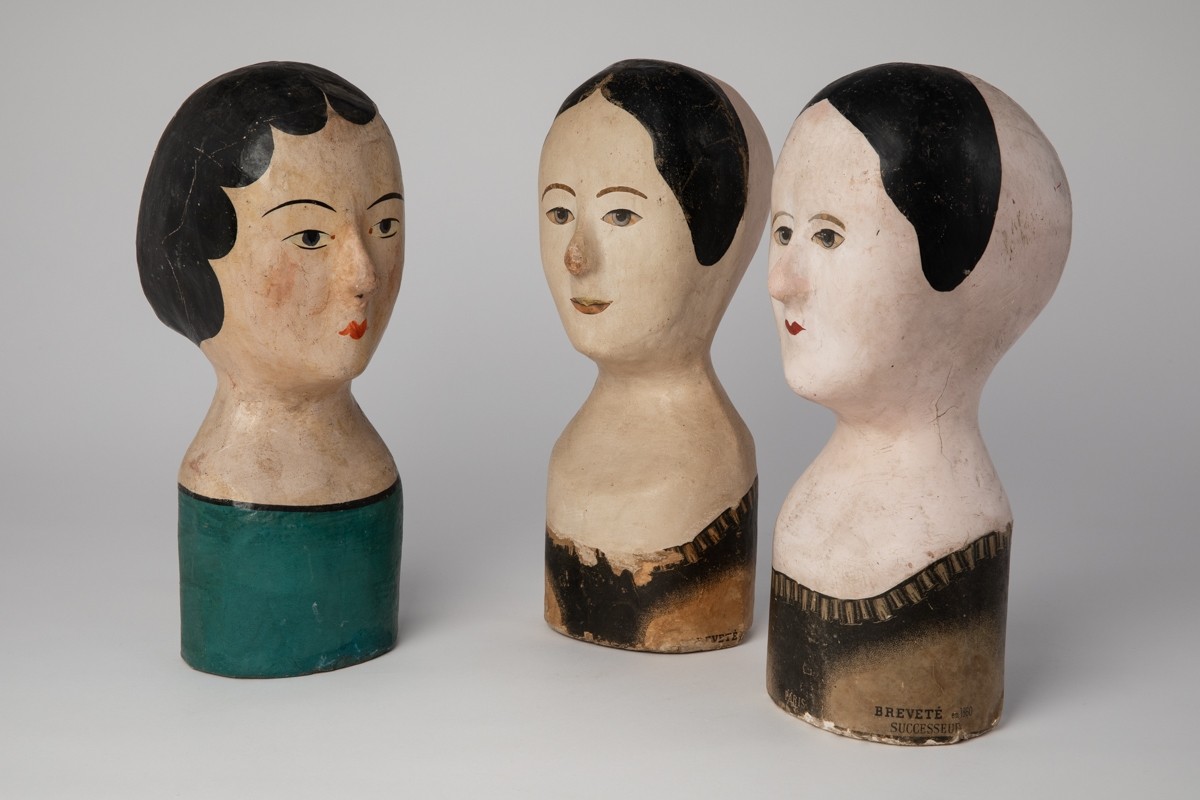Our Deputy Director and Chief Advancement Officer, Jessica York, chose this stunning hollow vessel for her staff pick. Made by Laura Andreson in 1969, this piece features a metallic, iridescent glaze, a centuries old technique that is today known as “lusterware”.
Mingei staff loves the Museum's collection just as much as our visitors and fans. This is a collection of just a few of our favorites.
